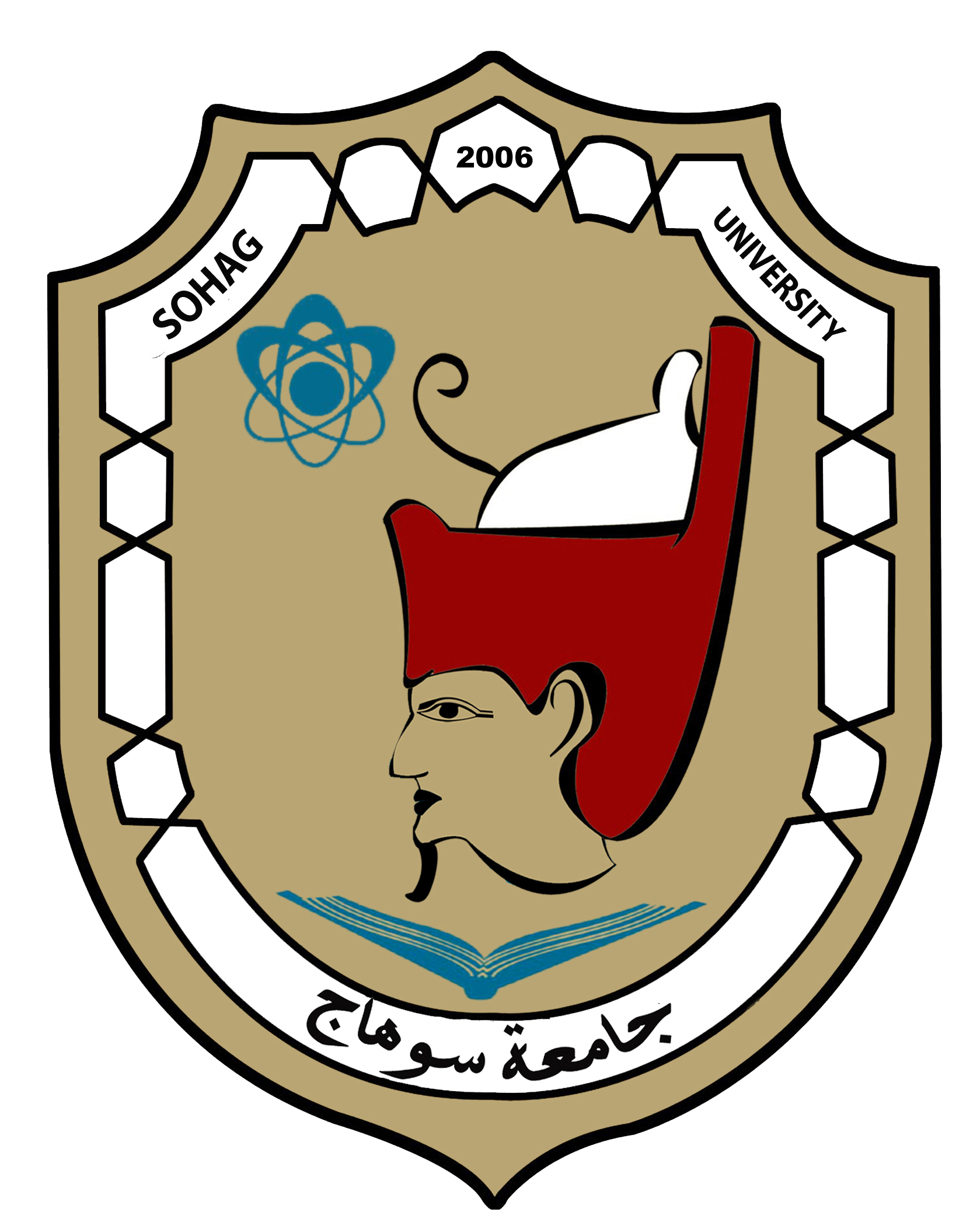اشترك بالحزمة الذهبية واحصل على وصول غير محدود شمرا أكاديميا
تسجيل مستخدم جديدOn 1D, N = 4 Supersymmetric SYK-Type Models (I)
151
0
0.0
(
0
)
اسأل ChatGPT حول البحث

ﻻ يوجد ملخص باللغة العربية
Proposals are made to describe 1D, N = 4 supersymmetrical systems that extend SYK models by compactifying from 4D, N = 1 supersymmetric Lagrangians involving chiral, vector, and tensor supermultiplets. Quartic fermionic vertices are generated via integrals over the whole superspace, while 2(q-1)-point fermionic vertices are generated via superpotentials. The coupling constants in the superfield Lagrangians are arbitrary, and can be chosen to be Gaussian random. In that case, these 1D, N = 4 supersymmetric SYK models would exhibit Wishart-Laguerre randomness, which share the same feature among other 1D supersymmetric SYK models in literature. One difference with 1D, N = 1 and N = 2 models though, is our models contain dynamical bosons, but this is consistent with other 1D, N = 4 and 2D, N = 2 models in literature. Added conjectures on duality and possible mirror symmetry realizations on these models is noted.
قيم البحث
اقرأ أيضاً
We analyse the geometry of four-dimensional bosonic manifolds arising within the context of $N=4, D=1$ supersymmetry. We demonstrate that both cases of general hyper-Kahler manifolds, i.e. those with translation or rotational isometries, may be super
symmetrized in the same way. We start from a generic N=4 supersymmetric three-dimensional action and perform dualization of the coupling constant, initially present in the action. As a result, we end up with explicit component actions for $N=4, D=1$ nonlinear sigma-models with hyper-Kahler geometry (with both types of isometries) in the target space. In the case of hyper-Kahler geometry with translational isometry we find that the action possesses an additional hidden N=4 supersymmetry, and therefore it is N=8 supersymmetric one.
We present a systematic procedure to extract the dynamics of the low energy soft mode in SYK type models with a single energy scale $J$ and emergent reparametrization symmetry in the IR. This is given in the framework of the perturbation theory schem
e of arXiv:1608.07567 based on specific (off-shell) breaking of conformal invariance in the UV, adjusted to yield the exact large-$N$ saddle point. While this breaking formally vanishes on-shell, it has a non-trivial effect on correlation functions and the effective action. In particular, it leads to the Schwarzian action with a specific coupling to bi-local matter. The method is applied to the evaluation of $O(1)$ corrections to the correlation function of bi-locals. As a byproduct we confirm precise agreement with the explicit, symmetry breaking procedure. We provide a verification in the large $q$ limit (Liouville theory), where the correlators can be calculated exactly at all length scales. In this case, our scheme illuminates how the enhanced $O(J)$ and the subleading $O(1)$ contributions originate from the Schwarzian dynamics of the soft mode and its interaction with $h=2$ (bi-local) matter.
We consider the propagation of Type I open superstrings on orbifolds with four non-compact dimensions and $N=1$ supersymmetry. In this paper, we concentrate on a non-trivial Z_2xZ_2 example. We show that consistency conditions, arising from tadpole c
ancellation and algebraic sources, require the existence of three sets of Dirichlet 5-branes. We discuss fully the enhancements of the spectrum when these 5-branes intersect. An amusing attribute of these models is the importance of the tree-level (in Type I language) superpotential to the consistent relationship between Higgsing and the motions of 5-branes.
We find a family of complex saddle-points at large N of the matrix model for the superconformal index of SU(N) N=4 super Yang-Mills theory on $S^3 times S^1$ with one chemical potential $tau$. The saddle-point configurations are labelled by points $(
m,n)$ on the lattice $Lambda_tau= mathbb{Z} tau +mathbb{Z}$ with $text{gcd}(m,n)=1$. The eigenvalues at a given saddle are uniformly distributed along a string winding $(m,n)$ times along the $(A,B)$ cycles of the torus $mathbb{C}/Lambda_tau$. The action of the matrix model extended to the torus is closely related to the Bloch-Wigner elliptic dilogarithm, and the related Bloch formula allows us to calculate the action at the saddle-points in terms of real-analytic Eisenstein series. The actions of $(0,1)$ and $(1,0)$ agree with that of pure AdS$_5$ and the supersymmetric AdS$_5$ black hole, respectively. The black hole saddle dominates the canonical ensemble when $tau$ is close to the origin, and there are new saddles that dominate when $tau$ approaches rational points. The extension of the action in terms of modular forms leads to a simple treatment of the Cardy-like limit $tauto 0$.
For all types of N=4 anti-de Sitter (AdS) supersymmetry in three dimensions, we construct manifestly supersymmetric actions for Abelian vector multiplets and explain how to extend the construction to the non-Abelian case. Manifestly N=4 supersymmetri
c Yang-Mills (SYM) actions are explicitly given in the cases of (2,2) and critical (4,0) AdS supersymmetries. The N=4 vector multiplets and the corresponding actions are then reduced to (2,0) AdS superspace, in which only N=2 supersymmetry is manifest. Using the off-shell structure of the N=4 vector multiplets, we provide complete N=4 SYM actions in (2,0) AdS superspace for all types of N=4 AdS supersymmetry. In the case of (4,0) AdS supersymmetry, which admits a Euclidean counterpart, the resulting N=2 action contains a Chern-Simons term proportional to q/r, where r is the radius of AdS_3 and q is the R-charge of a chiral scalar superfield. The R-charge is a linear inhomogeneous function of X, an expectation value of the N=4 Cotton superfield. Thus our results explain the mysterious structure of N=4 supersymmetric Yang-Mills theories on S^3 discovered in arXiv:1401.7952. In the case of (3,1) AdS supersymmetry, which has no Euclidean counterpart, the SYM action contains both a Chern-Simons term and a chiral mass-like term. In the case of (2,2) AdS supersymmetry, which admits a Euclidean counterpart, the SYM action has no Chern-Simons and chiral mass-like terms.
سجل دخول لتتمكن من نشر تعليقات
التعليقات
جاري جلب التعليقات


سجل دخول لتتمكن من متابعة معايير البحث التي قمت باختيارها


